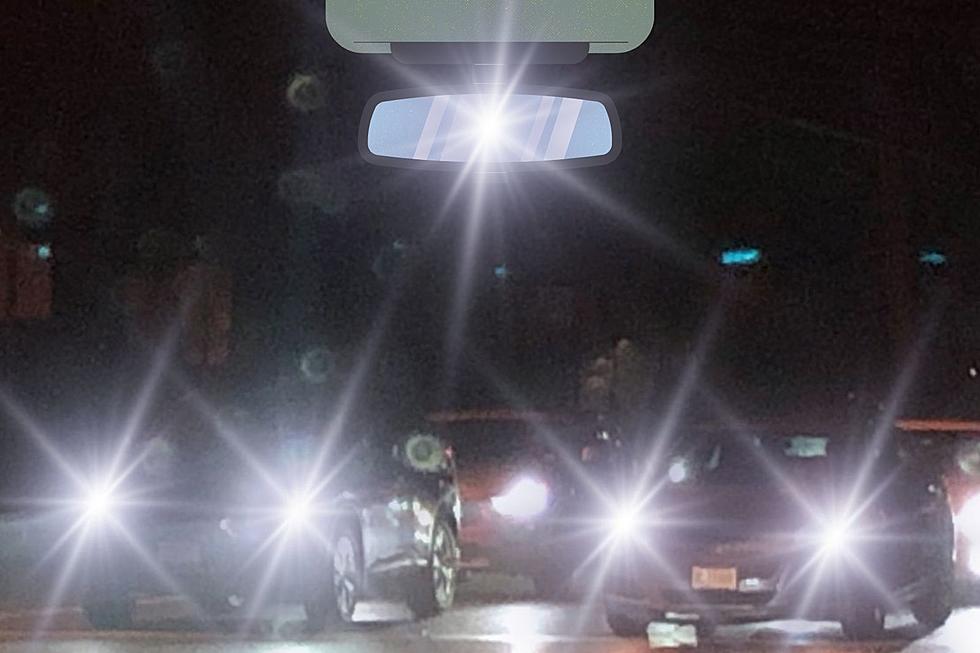
Three Miles of Heaven
We've all encountered it when driving on a wet highway.
You're cruising along, maintaining a safe speed -- and suddenly, your vehicle becomes immersed in spray from the vehicle ahead of you.
It's the product of ponding water on asphalt, caused by freshly-fallen rain. When cars pass over it, droplets of the liquid are propelled back toward the next vehicle, resulting in reduced visibility and increased danger.
When driving to work Wednesday afternoon, I encountered such conditions for the majority of my roughly 50-mile commute. But there was one small stretch on Interstate-195 that offered a break from the hazy views.
Between Exits 8 and 11 westbound, the pavement is constructed in such a way that allows the rainwater to seep beneath the surface. The technical term for it is "porous asphalt," but many call it a "no-spray highway."
The difference is noticeable from that of standard asphalt. Not only is there a lack of spray from surrounding vehicles, but there is also a sense of increased traction on the roadway. It's almost like you're not driving in rain at all -- although one must caution against gaining false confidence. After all, rubber tires on wet pavement can present an additional risk to any driver.
It begs the question -- why aren't all New Jersey highways constructed this way?
Well, naturally, nothing is perfect. Due to the increased aeration in the pavement, porous asphalt is more susceptible to potholes than the average road surface. In addition, it generally doesn't respond as well to snow-and-ice removal during the winter months.
Is the additional expense worth it? That can be open for debate. But as someone who drives a lot, I believe that the peace-of-mind resulting from "no-spray highways" can go a long way in improving one's wet-weather commute.
More From New Jersey 101.5 FM









